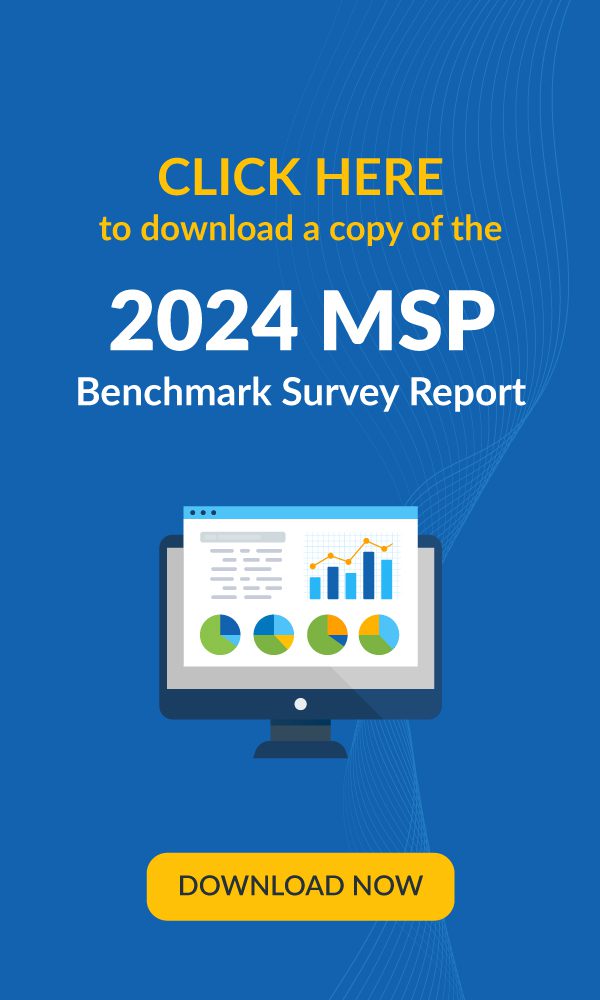While it is impossible to completely rule out the possibility of downtime, IT teams can implement strategies to minimize the risk of business interruptions due to system unavailability. One of the most efficient ways to manage the risk of downtime is high availability (HA), which facilitates maximum potential uptime.
What Is High Availability?
It is a concept that involves the elimination of single points of failure to make sure that if one of the elements, such as a server, fails, the service is still available. High availability is often synonymous with high-availability systems, high-availability environments or high-availability servers. High availability enables your IT infrastructure to continue functioning even when some of its components fail.
High availability is of great significance for mission-critical systems, where a service disruption may lead to adverse business impact, resulting in additional expenses or financial losses. Although high availability does not eliminate the threat of service disruption, it ensures that the IT team has taken all the necessary steps to ensure business continuity.
In a nutshell, high availability implies there is no single point of failure. Everything from load balancer, firewall and router, to reverse proxy and monitory systems, is completely redundant at both network as well as application level, guaranteeing the highest level of service availability.
Why Is High Availability Important?
Regardless of what caused it, downtime can have majorly adverse effects on your business health. As such, IT teams constantly strive to take suitable measures to minimize downtime and ensure system availability at all times. The impact of downtime can manifest in multiple different ways including lost productivity, lost business opportunities, lost data and damaged brand image.
As such, the costs associated with downtime can range from a slight budget imbalance to a major dent in your pocket. However, avoiding downtime is just of several reasons why you need high availability. Some of the other reasons are:
Keeping up with your SLAs – Maintaining uptime is a primary requisite for MSPs to ensure high-quality service delivery to their clients. High-availability systems help MSPs adhere to their SLAs 100% of the time and ensure that their client’s network does not go down.
Fostering customer relationships – Frequent business disruptions due to downtime can lead to unsatisfied customers. High-availability environments reduce the chances of potential downtime to a minimum and can help MSPs build lasting relationships with clients by keeping them happy.
Maintaining brand reputation – System availability is an important indicator of the quality of your service delivery. As such, MSPs can leverage high-availability environments to maintain system uptime and build a strong brand reputation in the market.
Keeping data secure – By minimizing the occurrence of system downtime through high availability, you can significantly reduce the chances of your critical business data being unlawfully accessed or stolen.
How Is High Availability Measured?
High availability is typically measured as a percentage of uptime in any given year. Here, 100% is used to indicate a service environment that experiences zero downtime or no outages. The percentages of the order of magnitude are often denoted by the number of nines or “class of nines” in digits.
What Is the Industry Standard for High Availability?
According to the industry standard, most services with complex systems offer somewhere between 99% and 100% uptime. The majority of cloud providers offer some type of SLA around availability. For instance, cloud computing leaders, such as Microsoft, Google and Amazon, have their cloud SLAs set at 99.9% or “three nines.” This is usually considered to be a fairly reliable system uptime.
However, the typical industry standard for high availability is generally considered to be “four nines”, which is 99.99% or higher. Typically, four nines availability equates to 52 minutes of downtime in a year.
Availability Measures and Corresponding Downtime
While three nines or 99.9% is usually considered decent uptime, it still translates to 8 hours and 45 minutes of downtime per year. Let’s take a look at the tabular representation of how the various levels of availability equate to hours of downtime.
| Availability % | Class of Nines | Downtime Per Year |
|---|---|---|
| 99% | Two Nines | 3.65 days |
| 99.9% | Three Nines | 8.77 hours |
| 99.99% | Four Nines | 52.60 minutes |
| 99.999% | Five Nines | 5.26 minutes |
Although four nines is considered high service availability, it still means you will encounter 52 minutes of downtime in a year. The cost of IT downtime is $5,600 per minute. Considering this, with the three nines uptime offered by most leading cloud vendors, you will still lose a great deal of money through roughly 8.77 hours of service outage every year.
How Is High Availability Generally Achieved?
Let’s find out what you need to do to achieve high availability.
Deploy multiple application servers
Overburdened servers have a tendency to slow down or eventually crash. You must implement applications over multiple different servers to ensure your applications keep running efficiently and downtime is reduced.
Scale up and down
Another way to achieve high availability is by scaling your servers up or down depending on the load and availability of the application. You can achieve vertical and horizontal scaling outside the application at the server level.
Maintain an automated recurring online backup system
Automating backup ensures the safety of your critical business data in the event you forget to manually save multiple versions of your files. It is a good practice that pays dividends under multiple different circumstances, including internal sabotage, natural disasters and file corruption.
5 Best Practices for Maintaining High Availability
Here is a list of some best practices for maintaining high availability across your IT environment:
1. Achieve geographic redundancy
Your only line of defense against service failure, when encountering catastrophic events such as natural disasters, is geographic redundancy. Similar to geo-replication, geo-redundancy is carried out by deploying multiple servers at geographic distinct sites. The idea is to choose locations that are globally distributed and not very localized in a particular region. You must execute independent application stacks across each of these far-flung locations to ensure that even if one fails, the other continues running smoothly.
2. Implement strategic redundancy
Mission-critical IT workloads require redundancy more than regular operational IT workloads that are not as frequently accessed. As such, instead of executing redundancy for every workload, you must focus on introducing redundancy strategically for the more critical workflows to achieve target ROI.
3. Leverage failover solutions
A high-availability architecture typically comprises of multiple loosely coupled servers that feature failover capabilities. Failover is described as a backup operational mode wherein the functions of a primary system component are automatically taken over by a secondary system when the former goes offline due to an unforeseen failure or planned downtime. You can manage your failover solutions with the help of DNS in a well-controlled environment.
4. Implement network load balancing
Increase the availability of your critical web-based application by implementing load balancing. If a server failure is detected, the instances are seamlessly replaced and the traffic is then automatically redirected to functional servers. Load balancing facilitates both high availability and incremental scalability. Accomplished with either a “push” or “pull” model, network load balancing introduces high fault tolerance levels within service applications.
5. Set data synchronization to meet your RPO
RPO is the amount of data that can be lost within a period most relevant to a business, before significant harm occurs. If you aim to hit a target of maximum availability, Be sure to set your RPO to less than or equal to 60 seconds. You must set up source and target solutions in a way that your data is never more than 60 seconds out of sync. This way, you will not lose more than 60 seconds worth of data should your primary source fail.
Comparing High Availability to Similar Systems
Often, high availability is confused with a number of other concepts, and the differences are not well understood. To help you get a better understanding of these differences, here is a comparison of high availability vs. concepts it is often confused with.
High Availability vs. Fault Tolerance
While both high availability and fault tolerance have the same objective, which is ensuring the continuity of your application service without any system degradation, both have certain unique attributes that distinguish them from one another.
While high-availability environments aim for 99.99% or above of system uptime, fault tolerance is focused on achieving absolute zero downtime. With a more complex design and higher redundancy, fault tolerance may be described as an upgraded version of high availability. However, fault tolerance involves higher costs as compared to high availability.
High Availability vs. Redundancy
As mentioned earlier high availability is a level of service availability that comes with minimal probability of downtime. The primary goal of high availability is to ensure system uptime even in the event of a failure.
Redundancy, on the other hand, is the use of additional software or hardware to be used as backup in the event that the main software or hardware fails. It can be achieved via high availability, load balancing, failover or load clustering in an automated fashion.
High Availability vs. Disaster Recovery
High availability is a concept wherein we eliminate single points of failure to ensure minimal service interruption. On the other hand, disaster recovery is the process of getting a disrupted system back to an operational state after a service outage. As such, we can say that when high availability fails, disaster recovery kicks in.
High Availability of IT Systems Requires Monitoring and Management
One of the key strategies to maintain high availability is constant monitoring and management of critical business servers. You must deploy an efficient unified endpoint management solution, like Kaseya VSA, with powerful capabilities such as:
- Monitoring and alerting — to quickly remediate problems
- Automated remediation via agent procedures (scripts)
- Automation of routine server maintenance and patching to keep systems up and running
- Remote control/remote endpoint management to troubleshoot issues
Find out more about how Kaseya VSA can help you achieve high availability. Request a demo now!





